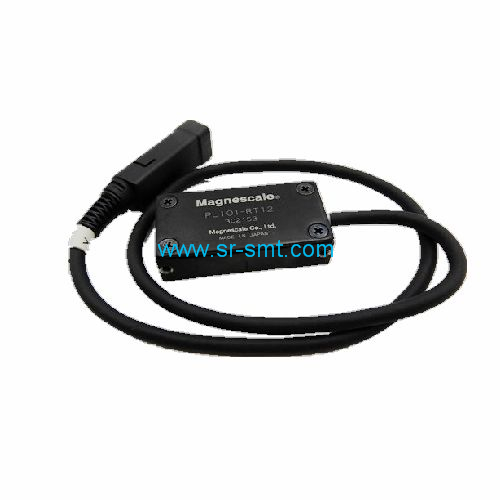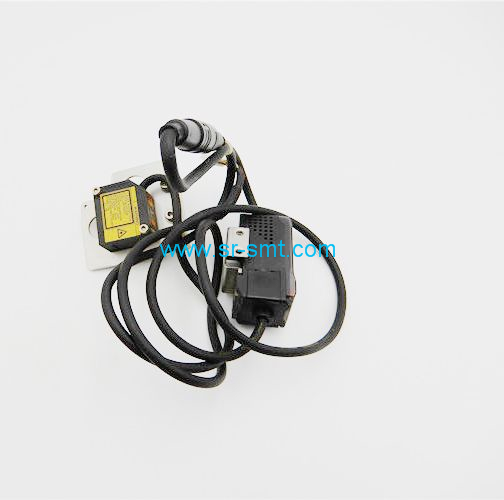Traditional LED and its module light, color, and electrical parameters are detected by electric pulse driving, CCD fast spectroscopy, and under certain conditions, after thermal equilibrium measurement, but the measurement conditions and results of these methods and LED enter lighting The actual working conditions in the appliances are very different.
The article introduces the measurement of the Vf-TJ curve and controls the LED to measure its light, color and electrical parameters at the controlled junction temperature. It not only provides a target limit for how to ensure the LED working junction temperature of LED lighting fixtures. It also makes the measurement parameters of the light, color and electrical parameters of the LED and its module closer to the actual application conditions. The article also describes the use of LED lighting fixtures such as measuring the junction temperature of the LED and determining the limit temperature of the LED reference point as a function of junction temperature. This provides an effective way to quickly assess the operating status and service life of LED lighting fixtures.
First, the preface
For an emerging product, the development of the product itself always precedes the product standard and testing method. Although the standards and testing methods of the products cannot be prior to the development of the products, the standards and testing methods of the products should be as close as possible to the progress of product design and development, because the standard of the products and the method of testing the testing process itself is the product development. Review and summary of the process, as long as the conditions are basically mature, the more timely the product standards and testing methods are formulated, the more blind the product development process can be. The LED lighting industry has developed to the present, and we have basically come back to the review and summary of LED lighting product standards and testing methods.
Second, the current status and improvement methods of photoelectric parameters and detection methods of LED modules
1. Traditional LED module detection method
At present, there are two main methods for detecting traditional LED modules. The first one is to use pulse measurement method, which is to fix the illumination LED module on the measuring device (such as the measuring position of the integrating sphere, etc.), using a pulse constant current Power Supply and Simultaneously measuring the synchronous linkage of the spectrometer, that is, simultaneously emitting the pulse current of the constant current of tens of milliseconds to several milliseconds to the LED, simultaneously opening the shutter of the instantaneous measuring spectrometer, and performing the light parameters (light flux, light color parameter, etc.) emitted by the LED. Quick detection, meanwhile, also synchronously collect parameters such as forward voltage drop and power of the LED. Since the junction temperature of the LED is almost equal to the room temperature during the detection process, the light effect of the measurement result is high, and the light color and the electrical parameter are significantly different from the actual use condition, which is generally produced by the LED chip (device). The rapid detection method adopted by the quotient is not comparable to the state in which the LED is actually applied in the final lighting fixture.
The second test method is to install the LED module on the detection device, possibly with a fixed heat sink (may also have a base temperature control function), apply the claimed working current to the LED, and be detected by the traditional illumination source. The effect of the method is also to wait until the LED reaches thermal equilibrium before starting to measure its photoelectric parameters. This method seems to be more rigorous, but in fact, its thermal equilibrium conditions and working conditions are still not well correlated with the state of such LEDs into the final lighting fixture, so the measured photoelectric parameters and future practical applications The parameters of the state are still not comparable. The GB/T24824-2009/CIE 127-2007NEQ "Measurement Method for Basic Performance of LED Modules for General Lighting" has been promulgated in this respect: "The LED module should work under thermal equilibrium during test or measurement. While monitoring the ambient temperature, it is best to monitor the operating temperature of the LED module to ensure the reproducibility of the test. If it is possible to monitor the LED module junction voltage, the peak voltage should be monitored first. Otherwise, the LED module should be monitored. Temperature measurement point temperature".
It can be seen that measuring the photoelectric parameters of the LED module under the condition of monitoring the junction voltage is the preferred solution for ensuring the reproducibility of the detection. However, the standard does not specify the light, color and electrical parameters of the LED module under the condition of simulating the actual use of the junction temperature.
Juki Sensor will be supplied in low price for the customers. Original and New.
JUKI 710 PK15-3411 JUKI750 E93157250A0 JUKI750 series E32907250A0 JUKI SMC PS40-102V-NAM
Juki Feeder floating sensor GTL3RSN GTR3RSN JUKI ENR/EXIT SENSOR 40002210 40002208 40002214
JUKI 2010/2020 E93208550A0 JUKI20101/2020 Z E93407290A0 APM-D3A1
JUKI Sensor
Juki Laser Sensor
Laser Sensor
JUKI Cylinder


JUKI Sensor
Laser Sensor,Juki Sensor,Juki Laser Sensor,Juki Smt Sensor
Shenzhen Srisung Technology Co.,Limited , https://www.sr-smt.com